Word problems and math constructed response tasks were always a struggle for my students. It was like pulling teeth to get them to write more than just the answer. Almost three years ago, I created a new acronym to help my students think through, represent problems, and show all of the work when they are solving word problems and math constructed response tasks. Keep reading to learn more about this acronym and grab some free printables!
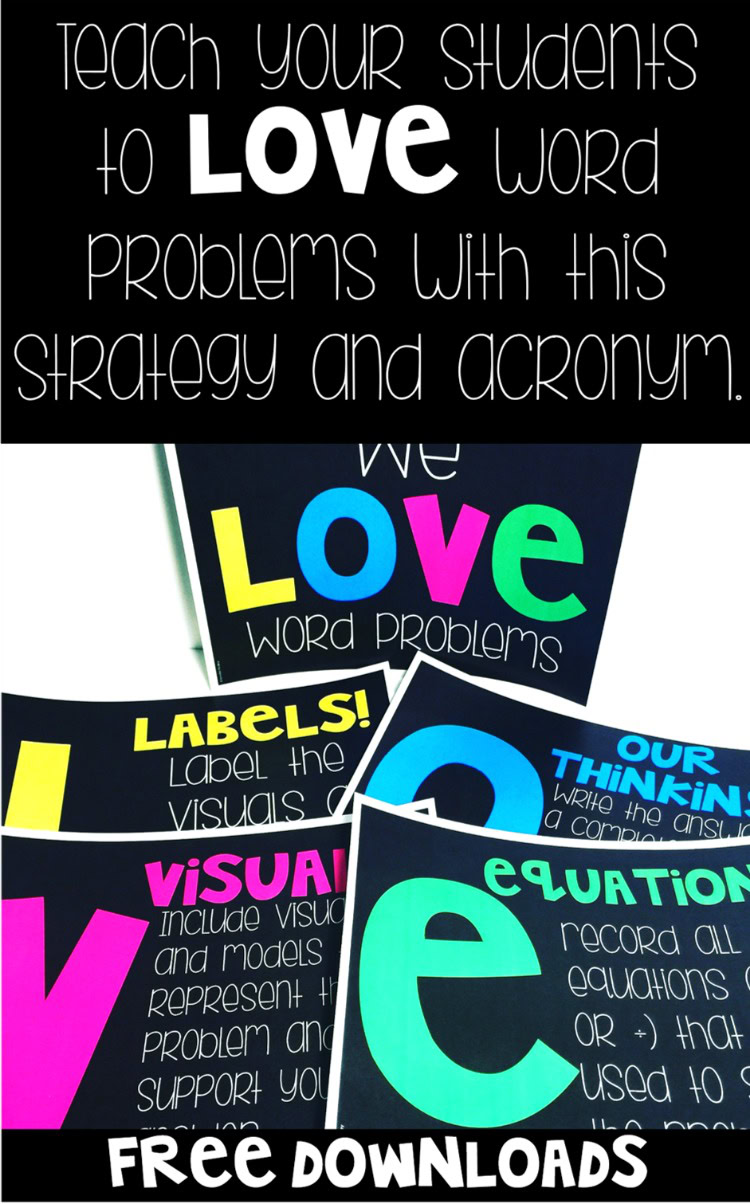
Solving Word Problems and Math Constructed Response Tasks with LOVE
The LOVE stands for:
L: Labels. The students label all numbers and visuals included in their answer.
O: Our Thinking. The students write their answers in complete sentences and provide an explanation and justification. We begin the year just writing in a complete sentence and eventually add the explanation and justification part in. Read more about how I teach my students to justify their answers in math here.
V: Visuals. The students include any visuals or models that they used to represent the situation described, solve the problem, or that are used to prove their answer.
E: Equation. The students include all equations used to solve the problem or math tasks.
The students love it, and I never have any problems getting the students to show their work and their thinking. And if I do have any problems, I just say “Show the Love!” or “Where is the Love?”
Introducing the LOVE Acronym
I always begin teaching this word problem strategy by creating a class anchor chart with a math constructed response task. Here is the anchor chart and task that I used last year:
Sometimes if I have a class that struggles with word problems or math in general, I teach this method of showing and proving their answer with a simpler word problem. This way the focus is on learning the method and not the math. I usually go down to a basic math fact problem when I teach this to struggling students or 4th grade students.
I give my students a smaller poster that details out the strategy for their interactive notebooks. As we work through the problem, we refer to the LOVE strategy and each part. The students glue the poster and then record the example problem in their notebooks, with all of the LOVE shown.
Here are some pictures from this year’s lesson.
From this lesson on, the students are required to Show the Love (or a smaller variation of it if I assign multiple word problems) on every word problem or math constructed response tasks that they complete, from homework to classwork to assessments. If the students are solving more than two word problems or math constructed response tasks in one assignment, I choose one that is required to show the LOVE and the rest just have to have the answer in a complete sentence and the equations used.
As my students are solving new word problems, they refer to the poster and the problem we completed together to help them as needed. It does take a few times of practice before they get the hang of it. However, once they have it, they really soar with word problems. And when it comes time to tackle math constructed response like those found on state assessments, they are ready!
We use my Interactive Math Notebooks: Word Problems Resource weekly to give the students much needed practice with showing the LOVE. Here are some images from this year:
If you are interesting in checking out the word problems we use for regular practice, click here to see my Interactive Notebook Word Problems for 4th Grade or click here for the 5th Grade Interactive Notebook Word Problems.
Want to try some for free? Click here or on the image below to try out some Interactive Math Notebook: Word Problems for free! These word problems are multi-step and use whole numbers only. For more multi-step word problems for interactive notebooks, click here.
Click here to download a copy of the poster that explains the LOVE strategy.
Added 9/3/16: I recently created some posters to hang on my wall and place on a ring to help me when I am teaching this strategy in small group. Click here or on the image below to download the posters (black and white backgrounds included).
How do you get your students to show all of their work on their math word problems?
Need more help with word problems? Click HERE to read about eight strategies that I use to help my students become successful with word problems.
Save
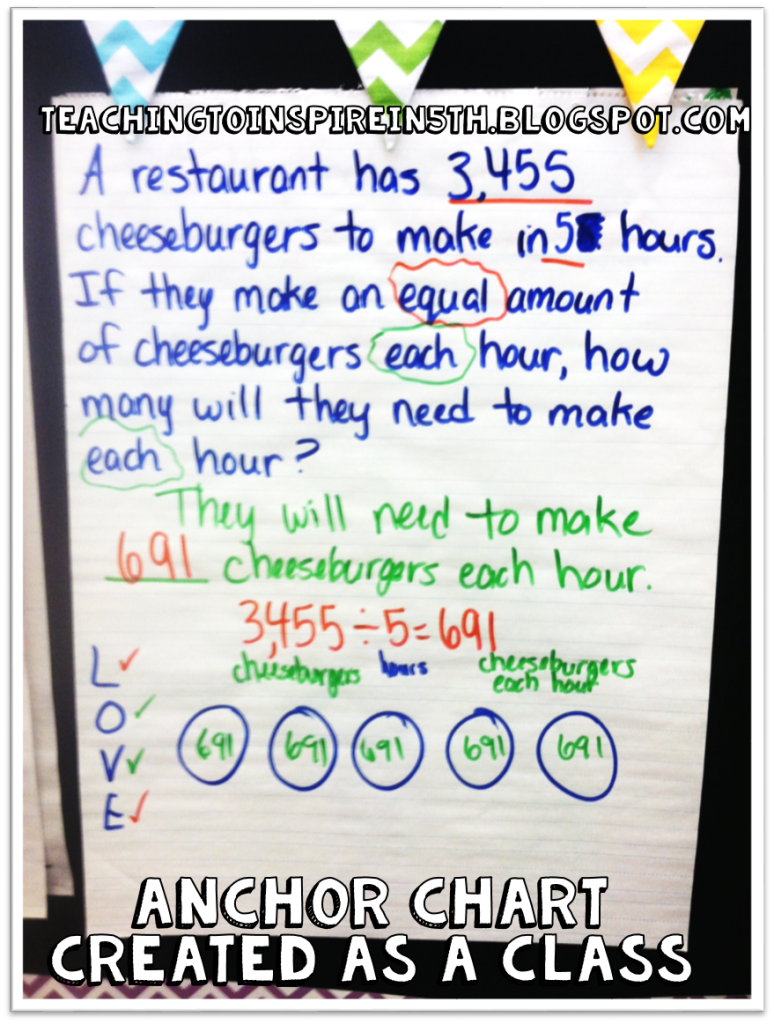
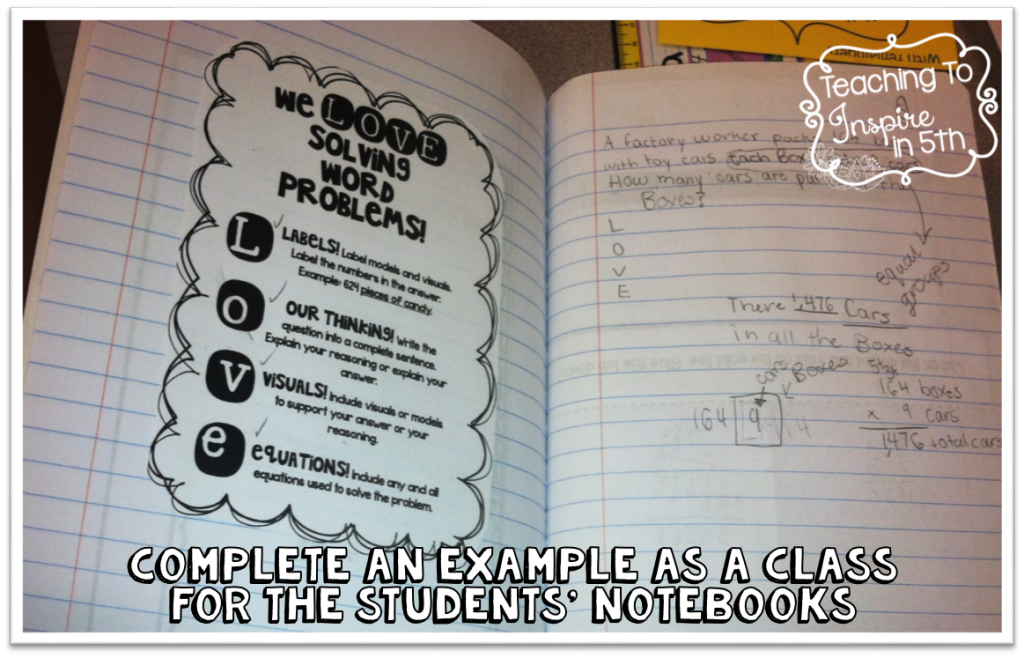
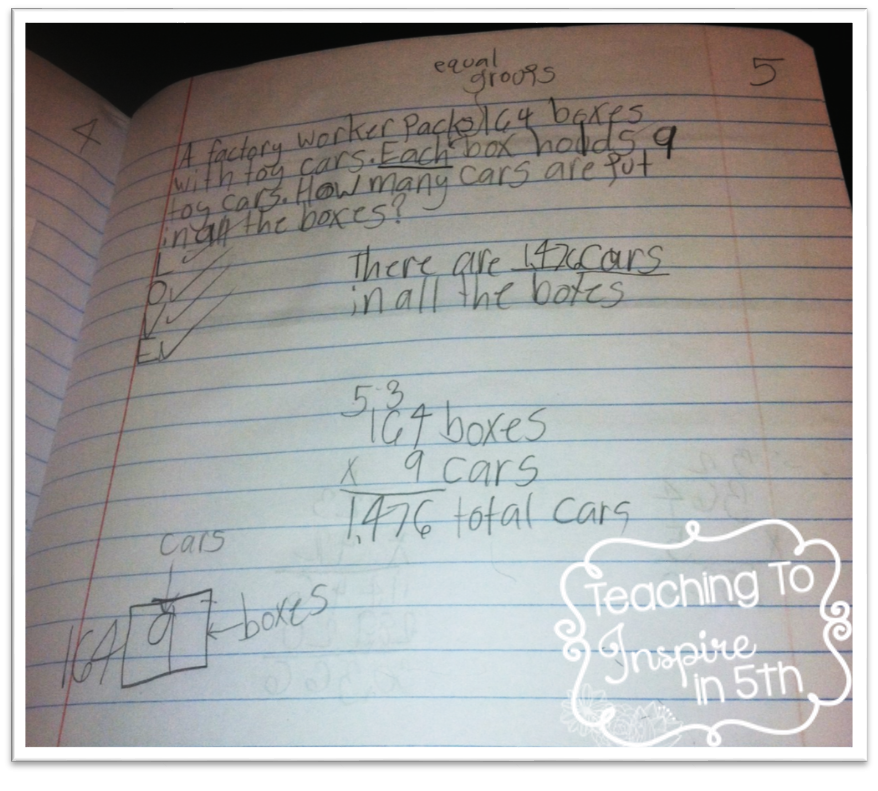
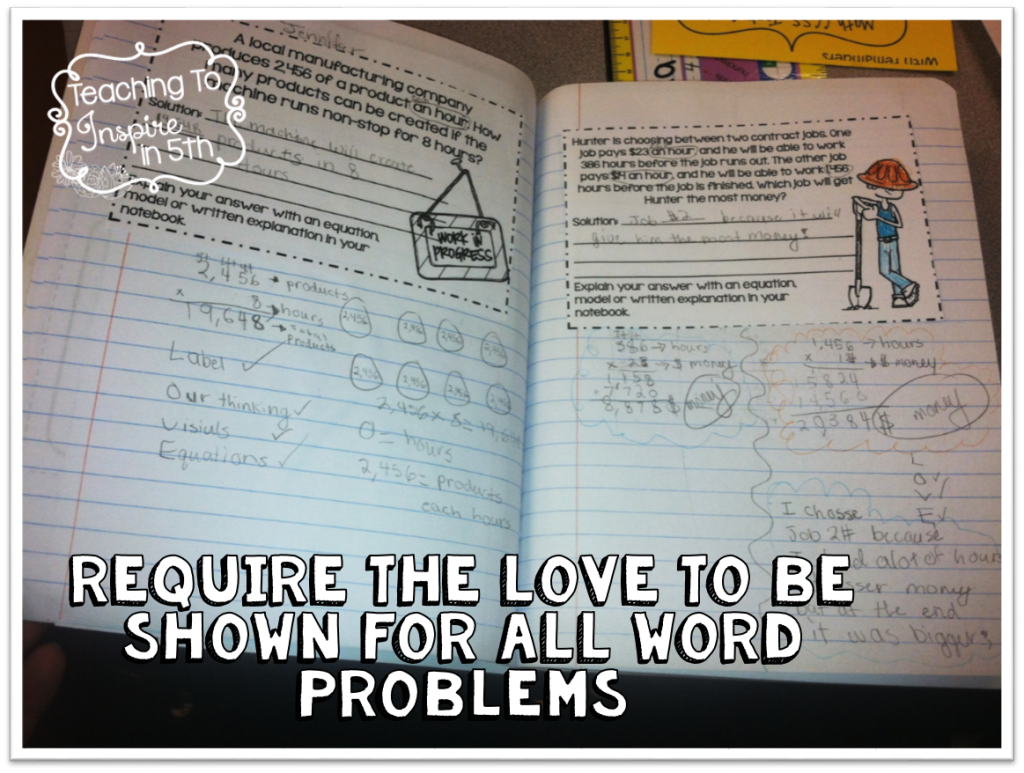










Thanks for the poster! Your Word Problem resource looks great! I have 'wishlisted' the grade 4 one. Have a fantastic weekend!
-Lisa
Grade 4 Buzz
I like the LOVE problem-solving model. Last year, I used CUBES. I prefer your model because it's short and to the point but, includes all the important details that students need to analyze the problem.
Thanks for the poster! I started using this acronym mid-last year and am excited to start the year with it and include it in our notebooks. Thanks for sharing 🙂
Thank you for the great poster! I am going to try it this week. My students need help in explaining their thinking when solving math problems and I think they will love this!
The poster is not downloading for me:( It looks like html. Any ideas?
Try this link: https://docs.google.com/file/d/0B8DtIUhMGc9qT05QV0xBY0ptT2s/edit
Thanks!
I love your blog and all your resources. I've purchased many and been happy with each and every one. Thanks!
Wow! I LOVE the LOVE acronym! I can’t wait to get back to class and introduce this to my little group!
Absolutely LOVE it! Will teach it tomorrow as well as how to interpret the remainders in a division problem! Great stuff!
This is great, it really requires understanding and implication. This will be replacing my CUBES strategy for sure!!!
This is a great acronym! Can’t wait to use it with my 6th, 7th and 8th graders.